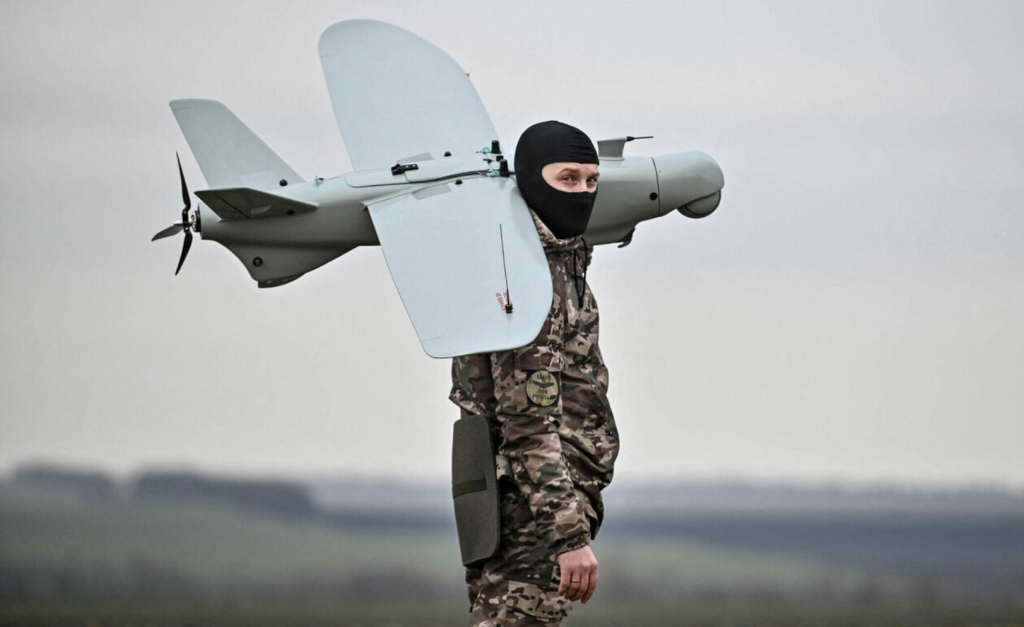The ongoing conflict between Ukraine and Russia continues to escalate, marked by significant aerial confrontations and ground offensives. Recently, Ukraine executed another wave of drone attacks on Russian territory, with the Russian military claiming to have intercepted 83 Ukrainian drones across various regions, including Crimea. Despite these defensive measures, some drones successfully penetrated defenses, causing substantial damage to an oil depot in Svetlograd, a town in southwest Russia. Regional officials indicated the drone attack did not result in casualties, although it sparked a large fire, which was extinguished promptly. Such UAV assaults have become almost routine, reflecting the intensifying nature of this conflict.
On the flip side, Ukraine’s military reported that Russia had launched over 2,000 drones against Ukraine throughout October alone, highlighting the escalating drone warfare. This surge in aerial attacks is mirrored by Ukraine’s frequent drone launches toward Russian targets, indicating a tactical shift in both nations’ military strategies. The effect of these drone campaigns is particularly noted in Ukraine’s energy infrastructure, which is facing severe disruptions leading to rolling blackouts, affecting daily life. In contrast, Russia’s grander infrastructure remains largely unscathed, underscoring an imbalance in the conflict’s impact on both countries.
In the Donetsk region, Russian forces have made strategic advances, seizing control of the town of Selydove. This location is seen as critical for Ukraine’s defensive operations, serving as a staging area that bolsters defenses about the key city of Pokrovsk. The acquisition of Selydove provides Russian forces with a strategic foothold, allowing further encirclement of urban centers and increased pressure on Ukrainian defenses. Reports indicate that Russian troops are frequently launching attacks from numerous directions, using considerable artillery and manpower, which Ukrainian forces struggle to counter due to dwindling resources and reserves.
Military analysts have noted that the ongoing Russian offensives near Pokrovsk reflect a strategy focused on encirclement and attrition. By leveraging significant troop numbers and artillery support from neighboring regions, Russia aims to wear down Ukrainian defenses. As the fighting intensifies, the risk of a larger confrontation for the town of Pokrovsk looms. This tactic of squeezing Ukrainian forces out from strategic positions can lead to heightened casualties and destruction, further exacerbating the humanitarian crisis stemming from the conflict, which has already seen extensive damage to cities and civilian infrastructure.
In combining drone warfare with traditional military operations, both sides appear to be actively seeking dominance over the conflict’s arena. Ukraine’s attempts to strike vital Russian supply lines, such as the fuel depot in Svetlograd, demonstrate their tactical shift toward offensive operations within Russian territory. Simultaneously, the continual bombarding of Ukrainian energy infrastructure signals Russia’s intention to cripple Ukraine’s resilience and capacity to sustain defensive efforts. This enduring cycle of attack and counterattack indicates a stark reality of modern warfare, where UAVs play a pivotal role in both offensive strategies and defensive measures.
As the conflict rages on, international observers remain concerned over the ramifications of these military escalations. The humanitarian implications of continuous warfare, particularly the effects on civilian populations and infrastructure, cannot be overlooked. Both nations seem to be entrenched in a prolonged engagement, with neither side willing to compromise or retreat. The situation in Ukraine and the unyielding nature of the drone warfare trend suggest a volatile path ahead, one that may require intervention or diplomatic efforts from the global community to prevent further escalation and suffering in the region. The unfolding scenarios in Donetsk and beyond will be crucial in determining the conflict’s trajectory in the near future.

